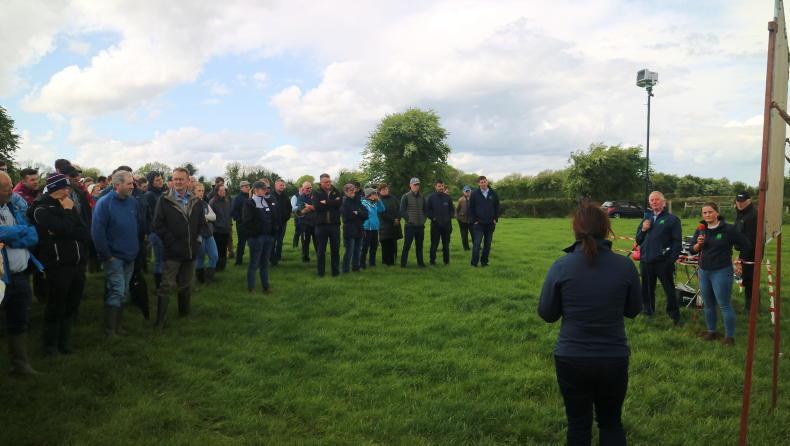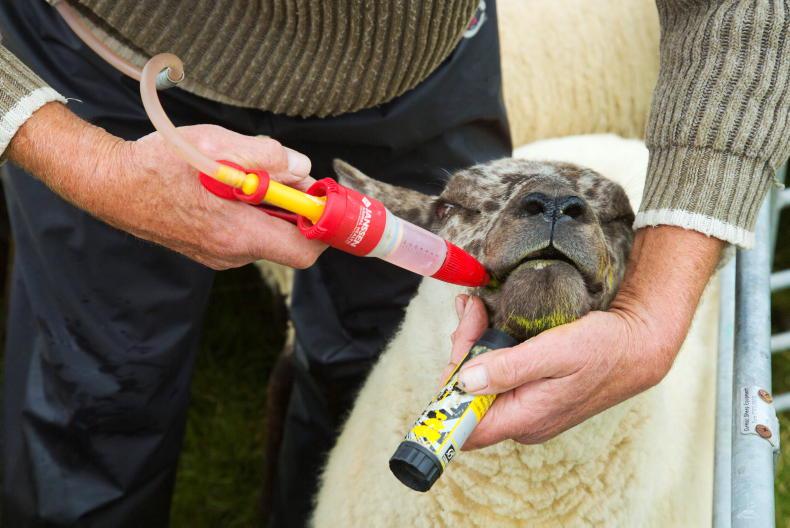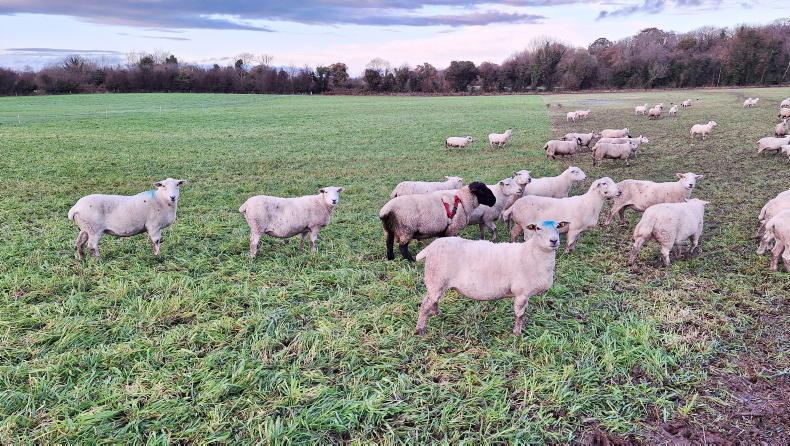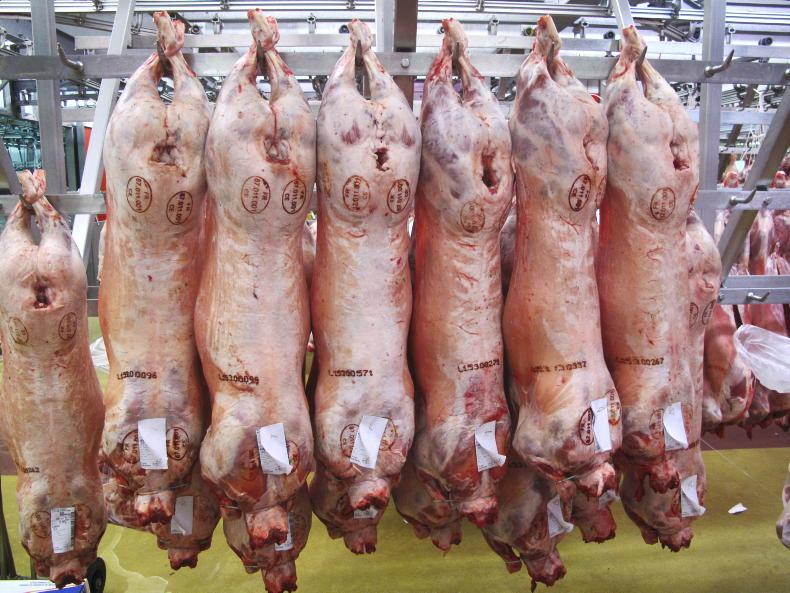The Irish Grassland Association (IGA) farm walk on the farm of Peadar and Aoife Coyle in Curraghboy, Co Roscommon, took place last Thursday. An overview of the farming system was previewed on these pages a few weeks ago and as such, this article will focus on the key take-home messages conveyed on the day.
The high stocking rate of 2.57LU/ha on the home farm grazing block of 28.5ha (70.5ac) was a topic which attracted close attention. Peadar told the over 120 people in attendance that optimum soil fertility provides the foundation for positive grass growth, while good farm infrastructure and mixed grazing provide the mechanism to achieve high levels of grass utilisation and favourable animal performance.
I also try not to go too hard on a paddock when grazing, as it tends to hurt grass growth and recovery times
The farm is soil sampled every three years and there is a strong focus on regular liming. The pH of paddocks ranges from 5.9 to 6.4 (average of 6.07) and lime is applied annually to low pH soils. Over 90% of the farm is at index 4 for phosphorus while close to 100% of the farm is at index 4 for potassium.
The Coyles’ attention in terms of soil fertility has ramped up on out-farm blocks, with upwards of 70% of the area at optimum levels of fertility. Practices adopted to address issues include targeting organic fertilisers to these areas, which includes silage ground, while P and K are also applied in autumn to address soil deficits.
Mixed grazing
Mixed grazing is credited with much better grass utilisation and being capable of sustaining higher levels of output. Questioned on the challenges of moving mixed batches of stock and grassland management, Peadar says you need to have patience when handling stock and work to achieve the best balance in grass management.
“Sheep don’t want too strong of grass covers and sometimes you would prefer to have heavier covers for cows. If you can meet somewhere in the middle of these two targets, you generally won’t be too far off the mark. I also try not to go too hard on a paddock when grazing, as it tends to hurt grass growth and recovery times.”
High lambing percentage was putting excessive pressure on the system and significantly increasing the labour requirement
“On moving stock, we don’t get too excited if some sheep go out the gate when bringing in cows for AI, for example. Stock get used to the system pretty quick and we are lucky with the farm road I suppose in that animals can’t get too far if they do get out.”
Infrastructure
A central roadway which runs through the farm was constructed bit-by-bit over a period of about 10 years, primarily to facilitate machinery work on a farm with hills. Peader says it was only when the road was fenced that its true merit was realised to exploit the benefits of grazing infrastructure.
TAMS grant aid has been availed of to split paddocks and help with impressive developments in terms of planting new hedgerows. The manner in which paddocks have been seperated also allows for paddocks to be temporarily split to keep quality in check during periods of higher growth rates.
The spring period is busy, with 575 ewes to lamb, 40 cows to calve and 50 calves to rear. The systems combine to good effect, with calves reared in housing previously used by sheep.
There were questions on the day as to why ewe lambs are not retained and bred in their first year. Aoife, who also works off-farm as a relief milker, says the aim is to keep the sheep system and lambing as straightforward as possible.
Ewe lambs were lambed in the past, but a high lambing percentage was putting excessive pressure on the system and significantly increasing the labour requirement. The fact that these sheep move off the farm in a contract rearing system does not limit ewe numbers and keeps the system more straightforward.










SHARING OPTIONS